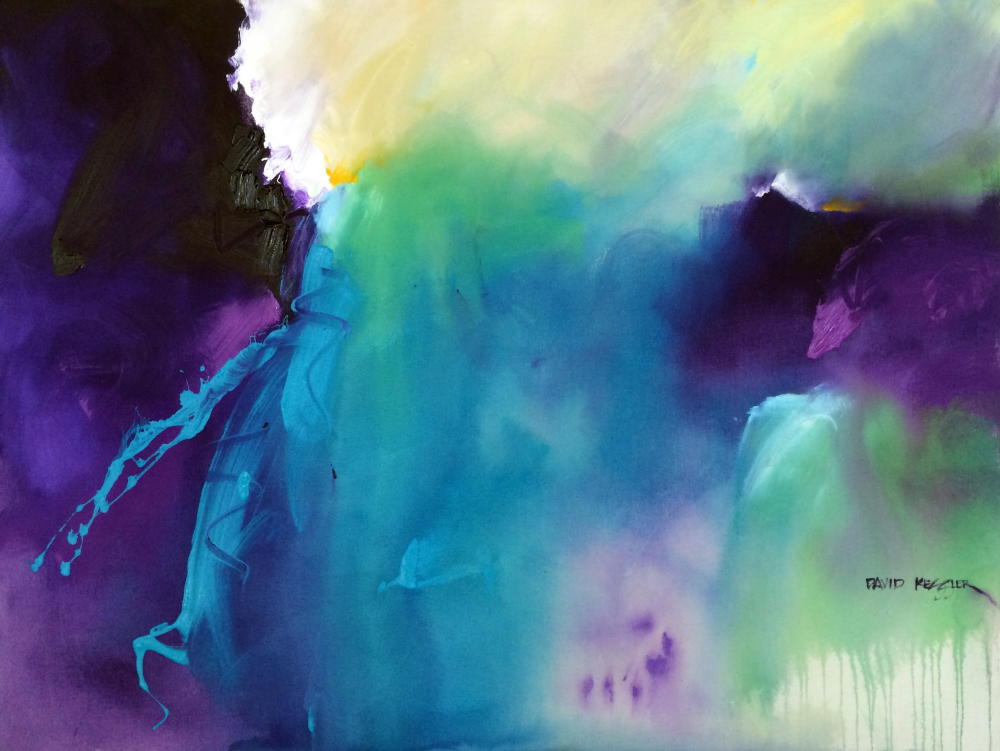Don't Paint From Photographs
/Painting from photographs is a very bad habit that many amateur painters and students consistently utilize to make paintings. Photographs can be used effectively as reference material for paintings, however what I see and hear from most of my painting students is that they replicate the photograph completely without first organizing a separate painting composition or value study.
Here is why I believe painting from photographs is harmful for a painter:
You will never be a good painter if you only copy photos.
You will not learn how to design a painting composition.
You will get into a habit of copying, rather than creating.
You will not learn how to create color harmony because you simply copy the colors in a photo.
You will not learn how to adequately manipulate values or develop a center of interest in a painting.
Here is what I believe to be a better approach - one that I have learned from many of the best workshop instructors in the country. This is an approach I have used for at least 20 years, and if I paint anything but an abstract painting, I utilize this approach:
Use the photograph only as a reference, or jumping off point to develop a painting composition. Use your sketch book or any other kind of paper and a pen or pencil and draw a painting composition utilizing the photo as a reference for the subject matter. You will need to move objects and components around to create a good, cohesive composition that has a strong design, interlocking shapes and good center of interest.
Next, take that drawing and overlay a series of value patterns over it to see what type of light and shadow pattern will be most effective for your composition. Once you decide on a value pattern that most highlights your composition, paint a value study using the value pattern on your composition.
Now put the photograph away and don't refer to it anymore - it's job is done.
Now that you have your composition and values, you need a color combination. Use your color wheel to develop a color combination that expresses the feeling that you want your painting to convey.
Now you are ready to paint. You use only your value study and your color selections to develop the painting.
This approach takes you from a being person who merely copies a photograph to being an artist who develops a painting using a photograph only as a beginning point of reference. Artists design and create, they don't copy. The next time you are tempted to copy a photograph, stop and realize there is a better way. Use your design sense and artistic knowledge to create a painting rather than make a copy. It could be the biggest step you take in your artistic journey.


